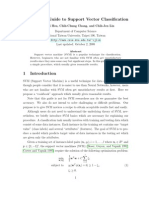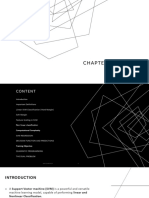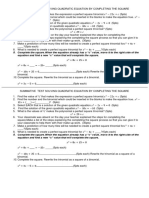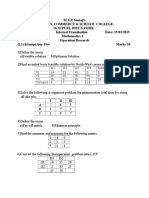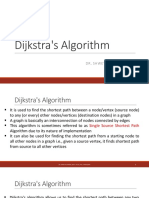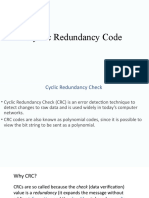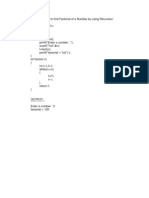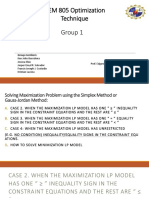0% found this document useful (0 votes)
26 views5 pagesSVM Everything
This document is a comprehensive guide on Support Vector Machines (SVM), detailing its definition, key concepts, objectives, and applications in machine learning. It covers the differences between hard and soft margin SVMs, the kernel trick for non-linear data, and provides insights on parameter tuning and evaluation metrics. The guide also compares SVM with logistic regression and decision trees, highlighting when to use SVM and its advantages and disadvantages.
Uploaded by
jaysawant0055Copyright
© © All Rights Reserved
We take content rights seriously. If you suspect this is your content, claim it here.
Available Formats
Download as DOCX, PDF, TXT or read online on Scribd
0% found this document useful (0 votes)
26 views5 pagesSVM Everything
This document is a comprehensive guide on Support Vector Machines (SVM), detailing its definition, key concepts, objectives, and applications in machine learning. It covers the differences between hard and soft margin SVMs, the kernel trick for non-linear data, and provides insights on parameter tuning and evaluation metrics. The guide also compares SVM with logistic regression and decision trees, highlighting when to use SVM and its advantages and disadvantages.
Uploaded by
jaysawant0055Copyright
© © All Rights Reserved
We take content rights seriously. If you suspect this is your content, claim it here.
Available Formats
Download as DOCX, PDF, TXT or read online on Scribd
/ 5






































